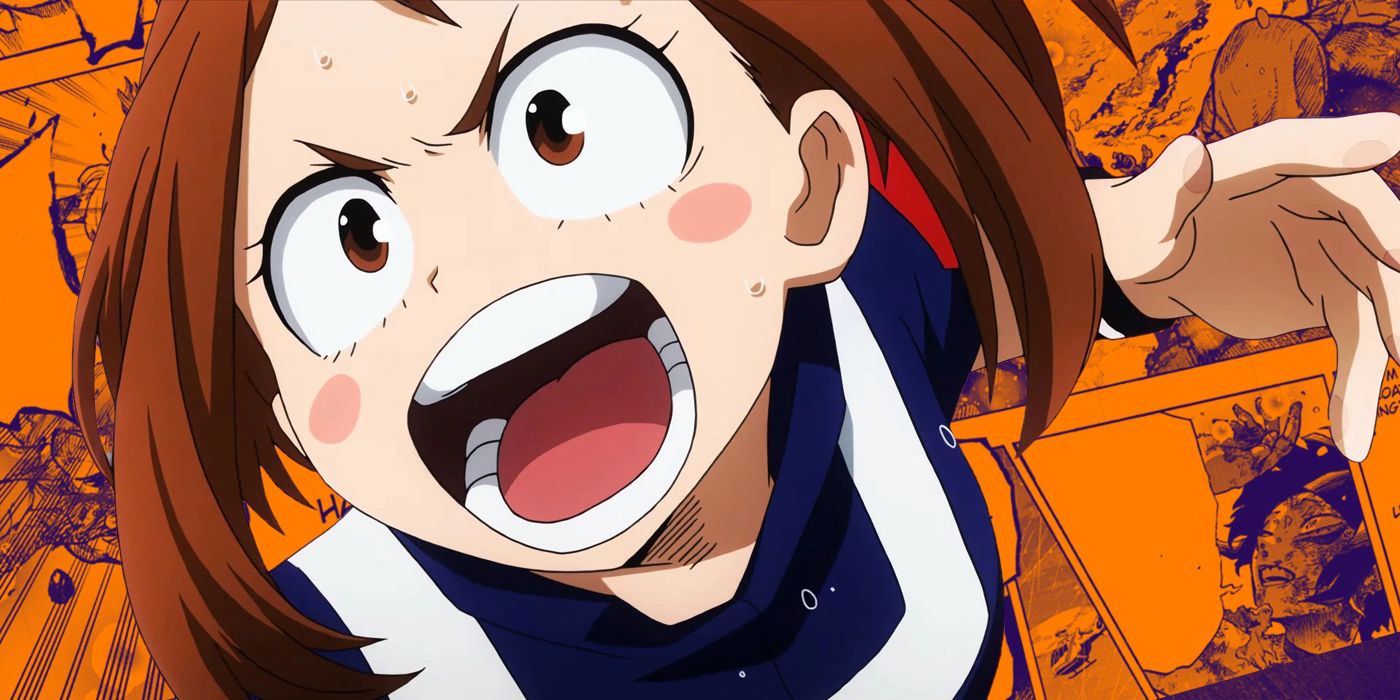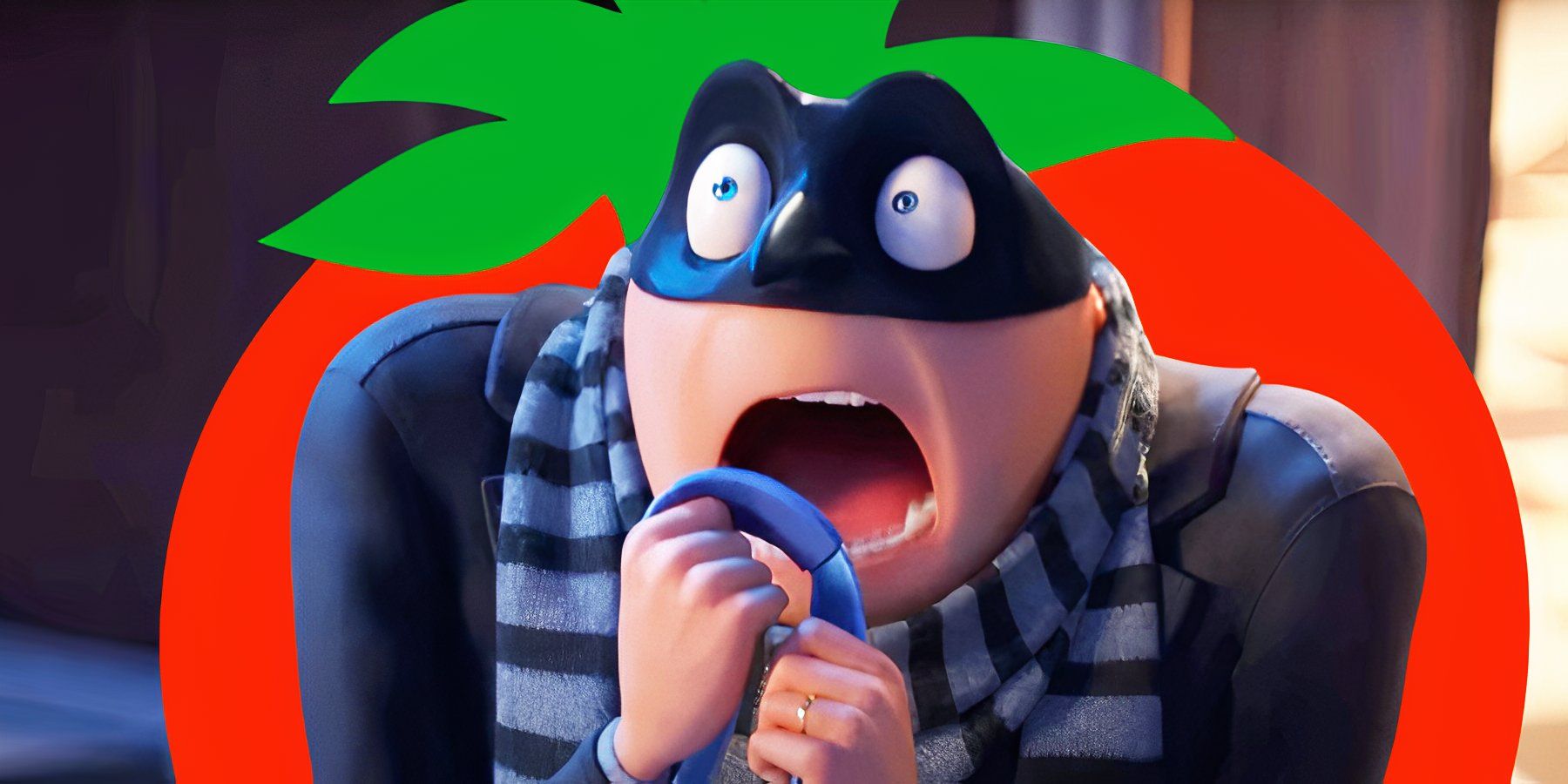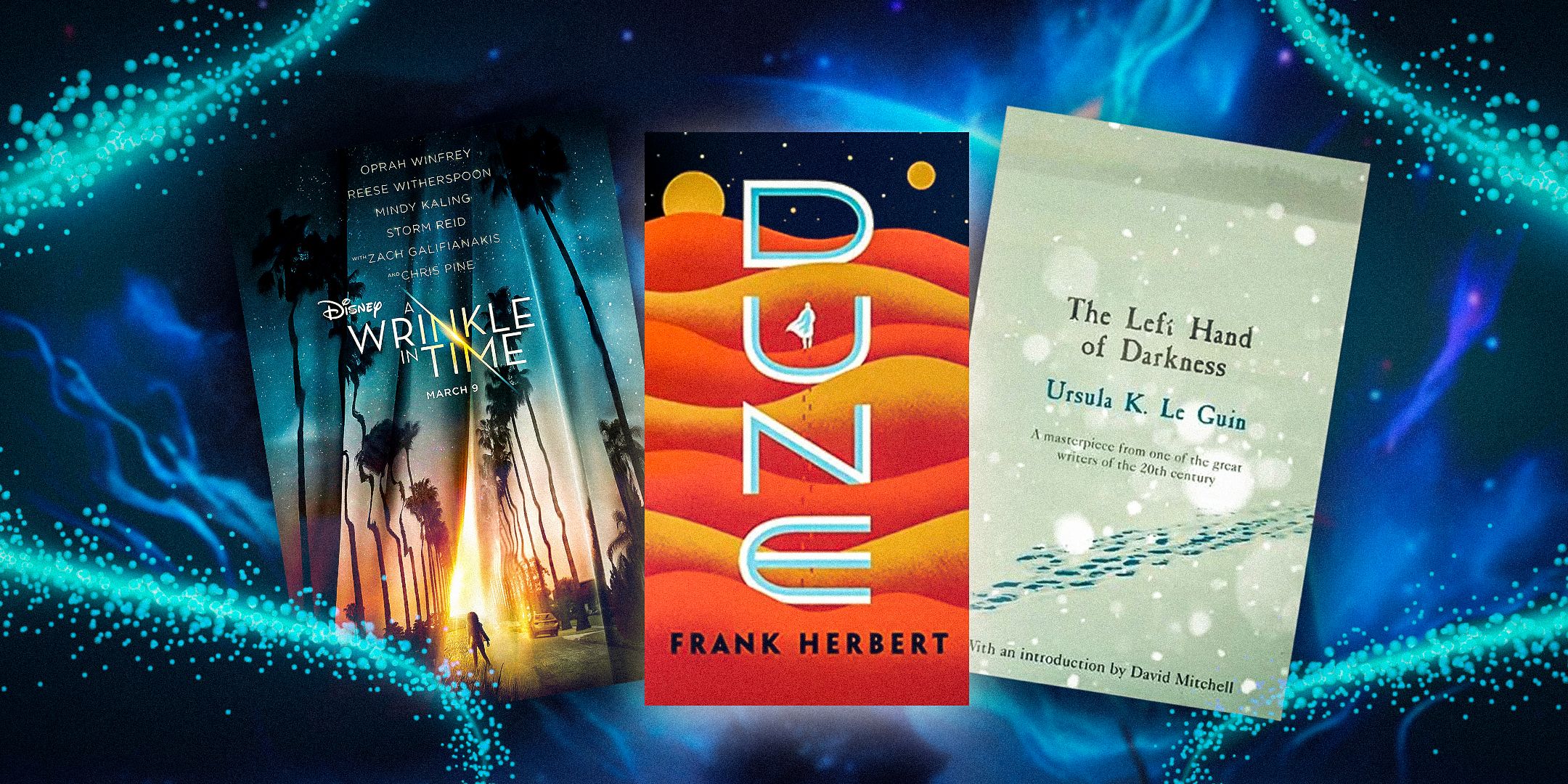A huge Picard plot hole was deftly solved by Star Trek: Discovery season 4. Jean-Luc Picard’s parietal lobe defect was first flagged during Star Trek: The Next Generation, but became an altogether more pressing problem 20 years later during Star Trek: Picard. As Jean-Luc’s mission to save the galaxy, protect the Synths, and defeat the dastardly Zhat Vash neared completion, Patrick Stewart’s legendary Starfleet hero succumbed to his illness. As luck would have it, Picard died while orbiting a planet populated by synthetic life forms and one of the greatest AI scientists ever born, and Altan Inigo Soong was able to transfer Picard’s mind into an android golem.
Jean-Luc Picard cheating death via android replacement body created a Star Trek plot hole. The golem technology may be experimentally progressive during Star Trek: Picard‘s era, but logic suggests it would become increasingly common as the centuries passed. By 3188, for example, one would imagine dying had become voluntary, but after Star Trek: Discovery relocated to the 32nd century in season 3, it quickly became clear that the Grim Reaper was still very much in business. Immediately, this raised questions over whether Soong’s death-defying trick only ever applied to aging Star Trek protagonists whose actors were signed up for second seasons.
Discovery Explained Why More People Didn’t Become Androids Like Picard

The above Star Trek plot hole was cleared up by Dr. Culber in Star Trek: Discovery season 4. Trill symbiont Gray Tal perished during an asteroid collision, but his consciousness would cling on through Adira. Not entirely content with having a ghost boyfriend, Adira sought the help of Discovery’s Dr. Hugh Culber, who combined science with the mystic rituals of the Trill to lift Gray’s mind out of Adira and into an artificial golem, mirroring Jean-Luc Picard’s resurrection. During the process, Culber helpfully revealed why the method isn’t used every time a person in the 32nd century kicks the bucket, explaining, “The success rate was so low, people stopped trying.“
Culber’s explanation confirms that in the aftermath of the Picard season 1 ending, the so-called “Soong Method” did indeed become public knowledge, and attempts were made to replicate Picard’s android revival on a wider scale. Although the exact percentage is never specified, most of these attempts resulted in failure, explaining why death is still going strong in Star Trek‘s 32nd century. The golem process is both expensive and tricky, requiring expert scientific knowledge, and was, therefore, probably deemed more trouble that it was worth for such a low chance of a positive outcome.
Why Picard And Discovery’s Gray Got Android Bodies

Dr. Culber’s explanation as to why Star Trek‘s future failed to crack immortality raises another potential plot hole. If the Soong Method was so unreliable that humanity literally gave up on curing death, Star Trek must explain why the procedure was successful on both Jean-Luc Picard and Gray Tal. In Gray’s case, Star Trek: Discovery season 4 is relatively clear. Already disembodied, Gray had little to lose by risking the Soong Method, and Culber also theorized that the Trill’s ability to transfer his consciousness into Adira before dying showed an innate suitability for the Soong method. Essentially, Gray was a rare example of the perfect candidate for android body transference.
Precisely why the Soong Method worked on Jean-Luc Picard is more ambiguous. The dying Picard was fortunate enough to have the Soong Method’s founder working on his transition, alongside Dr. Jurati, another expert in the field, and Soji, a highly intelligent Synth. Without such extensive expertise to hand, perhaps the Soong Method’s success rate wilted. Additionally, Data appears to android Picard and confirms that Soong, Jurati and Soji mapped a neural image before the Admiral’s brain functions ceased, meaning speed is an essential factor. Subjects from Star Trek: Discovery‘s future may not have found themselves so near a Synth planet and the galaxy’s leading android specialist when they died.




